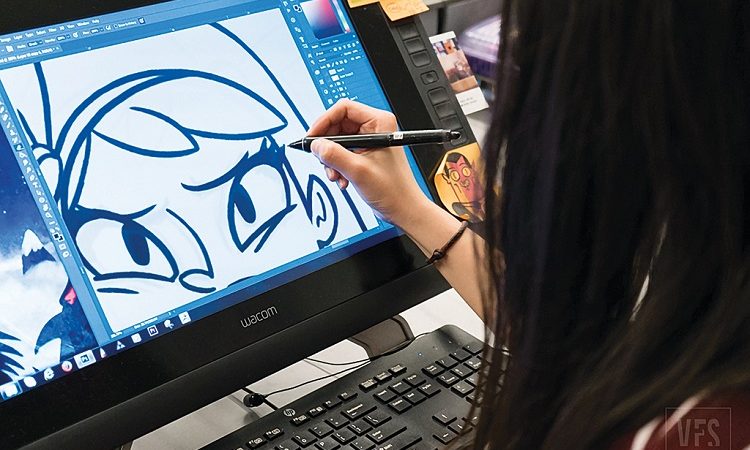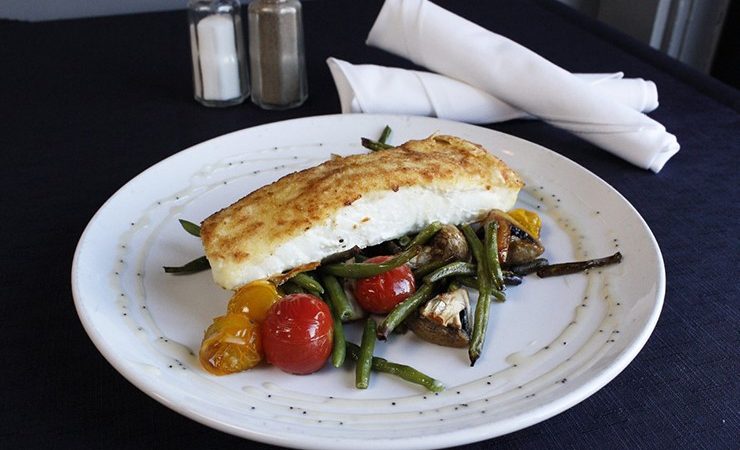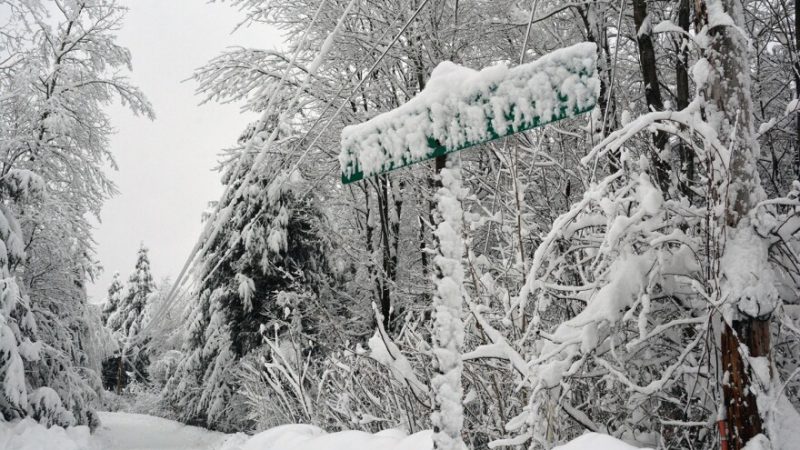Romería de Zapopan: A Sacred Pilgrimage and Cultural Celebration
Romería de Zapopan is an annual pilgrimage and cultural celebration that holds deep religious significance for the people of Zapopan, a municipality in the state of Jalisco, Mexico. This vibrant event combines elements of faith, tradition, and community, drawing pilgrims and tourists alike to partake in the festivities. The Romería is a spectacle that showcases the rich cultural tapestry of Zapopan, inviting participants to connect with their spirituality and immerse themselves in the lively traditions that have been passed down through generations.
Historical Roots:
The roots of Romería de Zapopan trace back to the arrival of the image of Our Lady of Zapopan in 1734. According to legend, the small statue of the Virgin Mary was credited with miraculous healings and protection. This prompted a widespread devotion to the Virgin, and the pilgrimage began as a way for believers to express their gratitude and faith.
The pilgrimage traditionally takes place in October, attracting pilgrims from various regions of Mexico and beyond. Over the centuries, Roger de Zapopan has evolved into a multifaceted celebration that encompasses both religious and cultural elements.
Religious Significance:
At its core, Romería de Zapopan is a religious pilgrimage dedicated to honoring the Virgin of Zapopan. Pilgrims, often dressed in traditional attire, embark on a journey that can cover significant distances, symbolizing their devotion and commitment to the Virgin. Many undertake the pilgrimage barefoot as an act of penance and humility, a testament to the spiritual intensity that surrounds the event.
The pilgrimage culminates at the Basilica of Our Lady of Zapopan, where the statue of the Virgin is housed. Here, pilgrims participate in religious services, offering prayers and expressing their gratitude for the blessings they believe the Virgin has bestowed upon them. The atmosphere is charged with fervor and devotion, creating a profound spiritual experience for participants.
Cultural Celebrations:
Beyond its religious significance, Romería de Zapopan is a vibrant cultural celebration that showcases the diversity and richness of Mexican traditions. The streets come alive with colorful processions, folkloric dances, and traditional music. Local artisans and vendors line the pilgrimage route, offering a variety of crafts, food, and religious artifacts.
One of the highlights of the cultural celebrations is the “Guelaguetza,” a term that roughly translates to the exchange of gifts. During this ritual, pilgrims and locals alike share offerings with each other, creating a sense of community and solidarity. The Guelaguetza is a beautiful expression of the communal spirit that defines the Romería, emphasizing the importance of coming together in celebration.
Traditional Attire and Music:
The Romería is a visual feast, with participants donning traditional attire that reflects the cultural heritage of the region. Women often wear brightly colored dresses adorned with intricate embroidery, while men opt for charro suits or traditional Jalisco attire. The streets resonate with the lively sounds of mariachi music, creating a festive ambiance that adds to the overall experience.
The Mariachi bands play a crucial role in the celebration, providing a soundtrack that accompanies the pilgrims on their journey. The combination of rhythmic melodies and traditional dances infuses the atmosphere with energy and joy, contributing to the cultural immersion that defines the Romería de Zapopan.
Community Involvement:
The Romería is not limited to the devout; it is a community event that encourages active participation from people of all backgrounds. Local communities come together to organize various events and activities, ranging from traditional dance performances to culinary experiences that showcase the rich gastronomy of the region.
The sense of unity extends beyond religious affiliations, fostering a spirit of inclusivity that welcomes visitors and tourists. The Romería de Zapopan serves as a platform for cultural exchange, allowing people from different walks of life to come together and celebrate the shared heritage of the region.
Impact on Tourism:
In recent years, Romería de Zapopan has gained attention as a cultural and religious tourism destination. Pilgrims and tourists alike are drawn to the event, seeking to witness the unique blend of spirituality and tradition that defines the celebration. The influx of visitors contributes to the local economy, providing opportunities for businesses and artisans to showcase their products and services.
The Romería has become an essential part of Jalisco’s cultural identity, attracting attention not only for its religious significance but also for its role in preserving and promoting traditional Mexican culture. The event serves as a bridge between the past and the present, allowing younger generations to connect with their cultural roots and heritage.
Preservation of Traditions:
The Romería de Zapopan plays a crucial role in preserving and passing down cultural traditions from one generation to the next. The event serves as a living museum of sorts, where customs, dances, and music are not only showcased but actively practiced and experienced. The continuity of these traditions ensures that the cultural fabric of Zapopan remains vibrant and relevant in the modern world.
Conclusion:
Romería de Zapopan stands as a testament to the enduring power of faith, tradition, and community. This annual pilgrimage and cultural celebration not only hold immense religious significance for the people of Zapopan but also serve as a beacon for cultural preservation and inclusivity. The fusion of spirituality, traditional attire, music, and dance creates a unique and immersive experience that leaves a lasting impact on pilgrims and visitors alike. As Romería de Zapopan continues to evolve, it remains a symbol of cultural resilience, unity, and the enduring connection between the people of Zapopan and their rich heritage.
1. What is Romería de Zapopan? Romería de Zapopan is an annual pilgrimage and cultural celebration held in the municipality of Zapopan, Jalisco, Mexico. It revolves around the veneration of the Virgin of Zapopan and has deep religious and cultural significance for the community.
2. When does Romería de Zapopan take place? The pilgrimage usually takes place in October, attracting pilgrims from various regions of Mexico and beyond. The specific dates may vary each year, so it is advisable to check the local calendar for accurate information.
3. What is the historical background of Romería de Zapopan? The roots of Romería de Zapopan can be traced back to 1734 when the image of Our Lady of Zapopan arrived in the region. The pilgrimage originated as a way for believers to express their gratitude and faith for the purported miraculous healings and protection attributed to the Virgin.
4. Why do people undertake the pilgrimage to Zapopan? Pilgrims undertake the journey to express their devotion and commitment to the Virgin of Zapopan. Many participants walk barefoot as an act of penance and humility, symbolizing their spiritual intensity and dedication to the religious event.
5. What happens during the pilgrimage? Pilgrims embark on a journey that can cover significant distances, culminating at the Basilica of Our Lady of Zapopan. The pilgrimage involves religious services, prayers, and expressions of gratitude to the Virgin. The atmosphere is charged with fervor and devotion.
6. How does Romería de Zapopan blend religion and culture? While rooted in religious practices, Romería de Zapopan has evolved into a vibrant cultural celebration. The event includes colorful processions, folkloric dances, traditional music, and the “Guelaguetza,” which is a ritualized exchange of gifts among participants.
7. What is the significance of traditional attire and music during Romería de Zapopan? Participants often wear traditional attire, including brightly colored dresses with intricate embroidery for women and charro suits or traditional Jalisco attire for men. Mariachi bands play a crucial role, providing a festive soundtrack that accompanies the pilgrims on their journey.
8. How does Romería de Zapopan impact the local community? The event fosters community involvement, encouraging locals to organize various activities, from traditional dance performances to culinary experiences. It also has a positive impact on tourism, attracting visitors and contributing to the local economy.
9. Is Romería de Zapopan only for the devout or can anyone participate? Romería de Zapopan is a community event that welcomes participants from all backgrounds, not just the devout. The celebration promotes inclusivity, allowing people to come together and share in the cultural and religious experience.
10. How does Romería de Zapopan contribute to the preservation of cultural traditions? The event actively preserves and promotes cultural traditions by showcasing customs, dances, and music. It serves as a living museum, ensuring that the cultural heritage of Zapopan remains vibrant and relevant for future generations.






